Singaporean Chinese make up about 74.2% of the population in the tiny island of Singapore. For most of the local born-and-bred Chinese Singaporeans today, they are second- and third-generation (and onwards). I am a third-generation Singaporean Chinese. My late grandparents had arrived in Singapore from China when they were young in search of a better life, while my parents were born in Singapore. Among the Chinese population, there exists diverse dialect groups – Teochew, Hokkien, Cantonese, Hakka and many more. I am a Teochew, belonging to a dialect group which constitutes 20% of the Chinese population in Singapore.
Being proudly Teochew, I found out much to my delight about the Singapore Teochew Festival, an inaugural event organised by the Teochew Poit Ip Huay Kuan to generate interest among the public on the various facets of Teochew culture. Held from 25 September to 6 October 2014 at Ngee Ann City, the large-scale event is the first of its kind in Singapore, sharing glimpses of the rich culture of the Teochews. I, a self-professed food lover, was naturally drawn to the food section of the Festival, showcasing 16 food vendors. It turned out to be not just a gastronomical journey for me, but also an educational one. There were many Teochew cuisine which I never knew about prior.
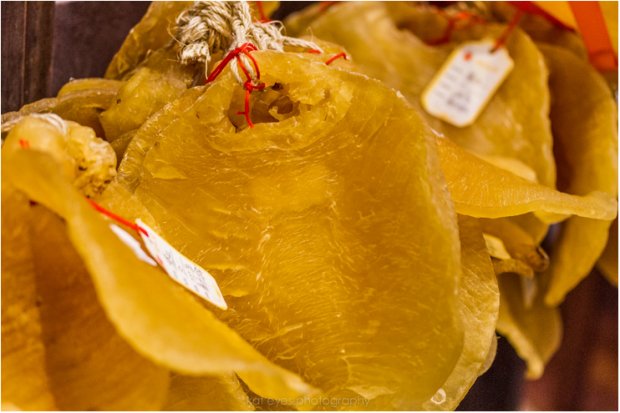

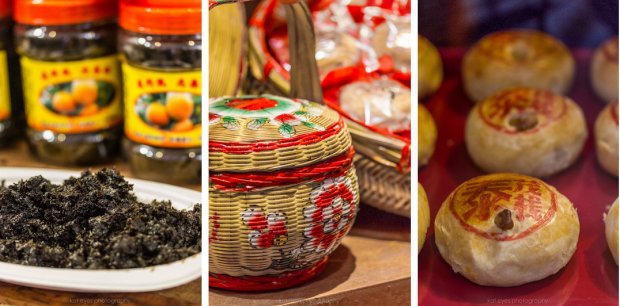
Orh Luak (Oyster Omelette)
Orh Luak, or Oyster Omelette, is a dish that needs no introduction for many Singaporeans. Commonly found in hawker centres in Singapore, it is basically fried omelette with small oysters. The batter is typically egg mixed with potato starch, which gives the omelette a thicker consistency.
I did not know this was a Teochew dish until I saw it at the Festival. The event organisers had specially invited from Shantou in China a chef who specialises in cooking orh luak. At the Festival, the line to the Ah Biao (probably the name of the chef) orh luak (阿彪蚝烙) stall was one of the longest at the food section. I must admit my eyes initially popped at the $15 price tag for a plate of orh luak (which typically costs about $5-$6 at local hawker centres). However, after savouring the crispy offering by Ah Biao, I have to say the orh luak is indeed delish, possibly one of the best I have tasted.
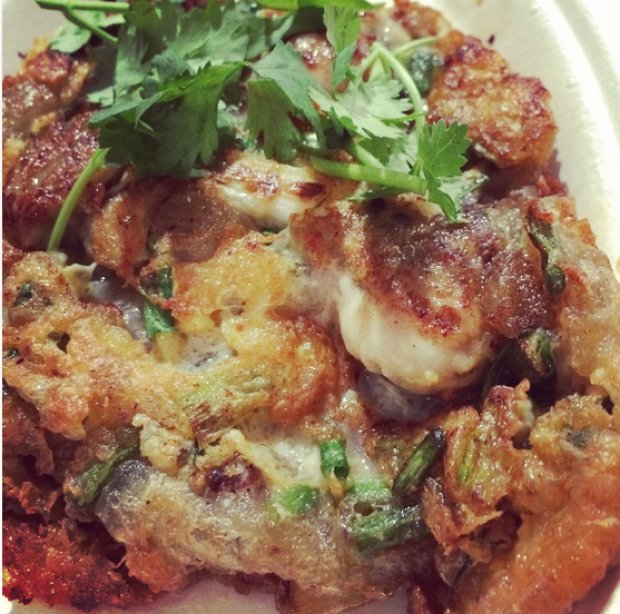
Teochew Braised Duck
The queue at the stall of Jian Ye Restaurant (建业酒家), a China-based Teochew restaurant which is renowned for its braised duck, could rival that of Ah Biao orh luak stall at the Festival. Usually, goose meat is used for this dish but duck meat, being more readily available, has replaced goose meat as an ingredient for this dish in Singapore.
Teochew Braised Duck can be easily found in Singapore. The version offered by Jian Ye Restaurant seems to differ slightly from the Singapore version – it is more savoury. Most of the time, I am not a fan of braised duck meat, finding the meat a bit tough. Jian Ye Restaurant’s version, however, was very tender.
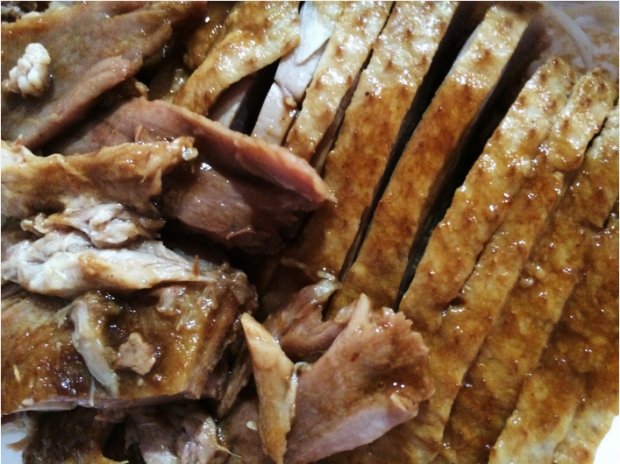
Png Kueh (Rice Cakes)
Ping Ping Ju (平平居) is a snack specialist that is known for Teochew favourites such as the pink-coloured png kueh (translated as ‘rice cake’), red bean dumplings, preserved vegetable dumplings, among others. Each of these delectable snacks is hand-made by the chef, who has specially flown in to Singapore from Shantou for the Festival.
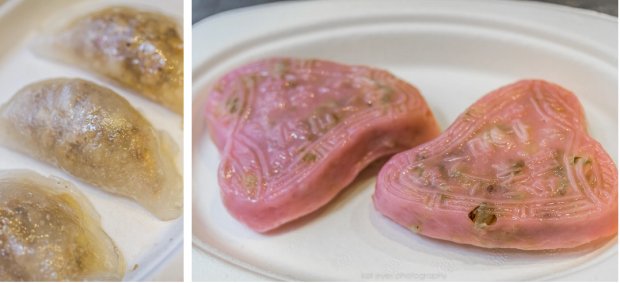
Of all the items being sold, the one which caught my eye was the dark-coloured Jersey cudweed cake (鼠壳粿). The literal translation for 鼠壳粿 is ‘mouse shell cake’. Initially, I was completely mystified by what this ‘mouse shell’ ingredient is. The chef from China was unable to tell me the English name for it as he only speaks Teochew and Mandarin. He could only tell me it is a herb. Subsequently through my own research, I found out the name of the herb is Jersey cudweed, a type of plant which grows extensively in East Asia.
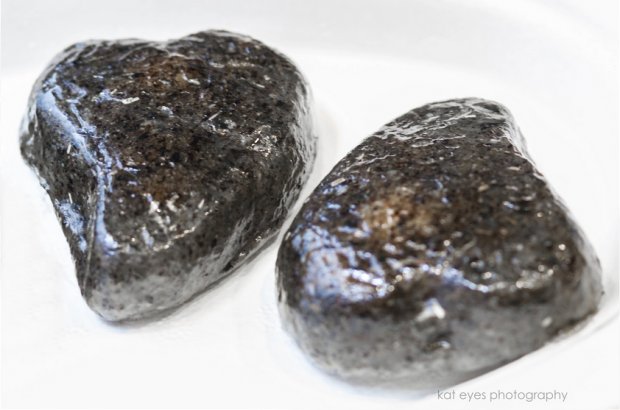
Ah Balling

Footnotes: The Singapore Teochew Festival is held daily from 25 September to 6 October 2014 at Ngee Ann City. Tickets cost $5 per entry.




